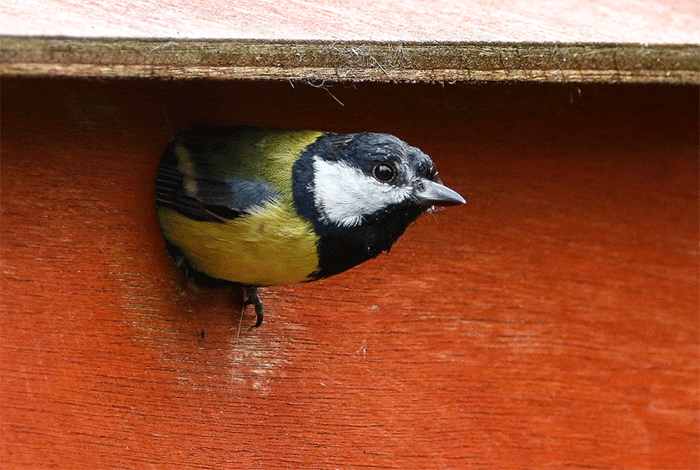Great Tits Show Strong Winter Loyalty to Roost Sites
Research finds older birds and early-season settlers more likely to return to the same nest boxes within and across winters

Winter survival and site fidelity
A new study published in Ornis Fennica has revealed that Great Tits (Parus major) display notable winter site fidelity, returning to the same roosting boxes in Bratislava, Slovakia, both within a single winter and across multiple years. The findings shed light on how age, timing, and social behaviour influence survival strategies in non-migratory birds facing harsh winter conditions.
Researchers monitored nest box use over six consecutive winters in two urban sites – the city’s Zoological Garden and Botanical Garden. Nearly half of all Great Tits ringed were recaptured at least once within the same winter, while about 13% were found to return in subsequent years.
The study highlights that winter site fidelity extends beyond breeding territories, with birds forming long-term associations with favoured roosting spots. Enclosed cavities offer insulation and protection, but competition for safe sites can be intense, particularly in urban landscapes where alternative shelters are limited.
Age and timing matter
Analysis revealed that older birds were far more likely to show loyalty to roost sites, both within a single winter and across multiple winters. Birds ringed earlier in the season were also significantly more likely to be recaptured, suggesting that early arrival at a site confers an advantage in securing safe overnight shelters.
Among 146 birds monitored in detail, 46% were recaptured within the same winter. Older individuals achieved a recapture rate of 61%, compared with just 38% for younger birds. Similarly, birds caught earlier in the season had higher fidelity, pointing to the importance of prior residency and dominance in winter survival strategies.
Returning year after year
Of 178 Great Tits ringed during the study, 23 were recaptured in subsequent winters, with some individuals using the same nest boxes across two, three, or even four different winters. Older individuals were again more likely to return, with a quarter of aged birds recorded in later years compared to less than 10% of young ones.
Moreover, birds that showed higher fidelity within their first winter were more likely to be recaptured across winters, suggesting a consistent long-term attachment to particular sites.
Urban pressures and alternative shelters
While the results point to strong site fidelity, the study also acknowledges that true rates may be higher than recorded. In cities, Great Tits may switch to roosting in buildings or natural cavities to avoid disturbance or competition, meaning some faithful birds were missed during nest box inspections.
The researchers note that older, more dominant individuals may secure the best roosting cavities, while younger birds risk exposure in less suitable shelters such as tree crowns, increasing their vulnerability to predators and cold. This age-related hierarchy in site fidelity may have important implications for winter survival and future breeding success.
Implications for conservation and research
The authors argue that understanding winter site fidelity is vital for both conservation and urban wildlife management. With changing climates and urban expansion altering habitat availability, the ability of birds to return to safe, known roosting sites may become increasingly important for their survival.
They also call for further studies using less invasive methods, such as PIT tags, to better estimate fidelity rates without disturbing roosting birds. Despite potential limitations, the results confirm that Great Tits rely heavily on familiar winter shelters and that age and timing are key predictors of loyalty to roost sites.
Oct 2025
Share this story







